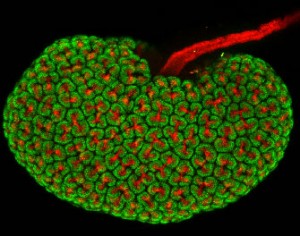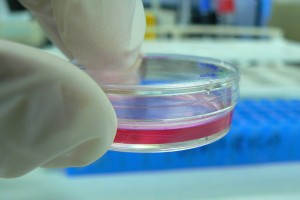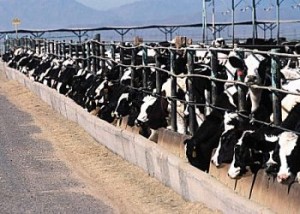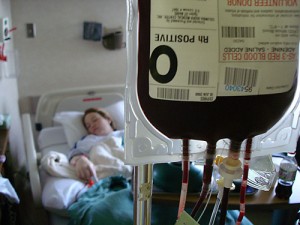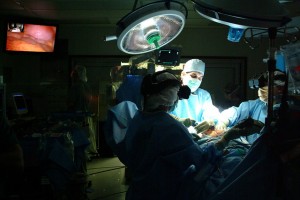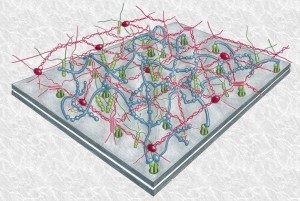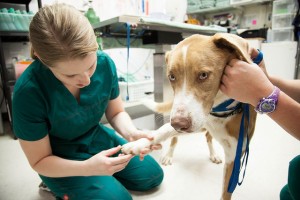This past decade has been an exciting time for regenerative science. Developmental biologists have been striving to discover new methods to grow organs such as hearts, brains, muscles, and even a hamburger patty from stem cells. As of only this September, kidneys grown in Petri dishes have been shown to be functional in animal studies!
Japanese researcher Dr. Shinya Yokote and his team have come across a scientific breakthrough within the stem cell research field in their recent early edition paper published on September 21st, 2015.
The early edition paper claims that transplant of lab-grown kidneys from stem cells are fully functional – in the sense that they can generate and excrete urine – in their animal studies with rats and pigs. Other groups in the past have generated half functioning kidneys that could generate urine when transplanted into animals, but not excrete it – a disorder known as hydronephrosis.
Dr. Yokote’s group managed to overcome hydronephrosis by inventing a new system within the rat’s body for the stem cell-generated kidneys to excrete their waste in to prevent hydronephrosis. They biologically engineered a persistent drainage tube to the kidney and connected it to a temporary bladder which was transplanted along with the kidney. This new system would empty its waste to the animal’s real bladder when it became full. The scientists named this system the “stepwise peristaltic ureter,” (SWPU) and believe that this could be the future of kidney transplantation.

A picture of the SWPU system that were used to transplant into rats. Source: Yokote, S., Matsunari, H., Iwai, S., Yamanaka, S., Uchikura, A., Fujimoto, E., Matsumoto, K., Nagashima, H., Kobayashi, E., Yokoo, T. (2015). Urine excretion strategy for stem cell-generated embryonic kidneys. PNAS Early Edition September 21, 2015. doi: 10.1073/pnas.1507803112
Although this discovery could impact millions with kidney failures in the future, readers should be warned that this is only an early access article. The researchers have not shown any empirical data to support their claims in their early access article. Those interested should keep a keen eye open for the full paper to be released!
By Justin Yoon

